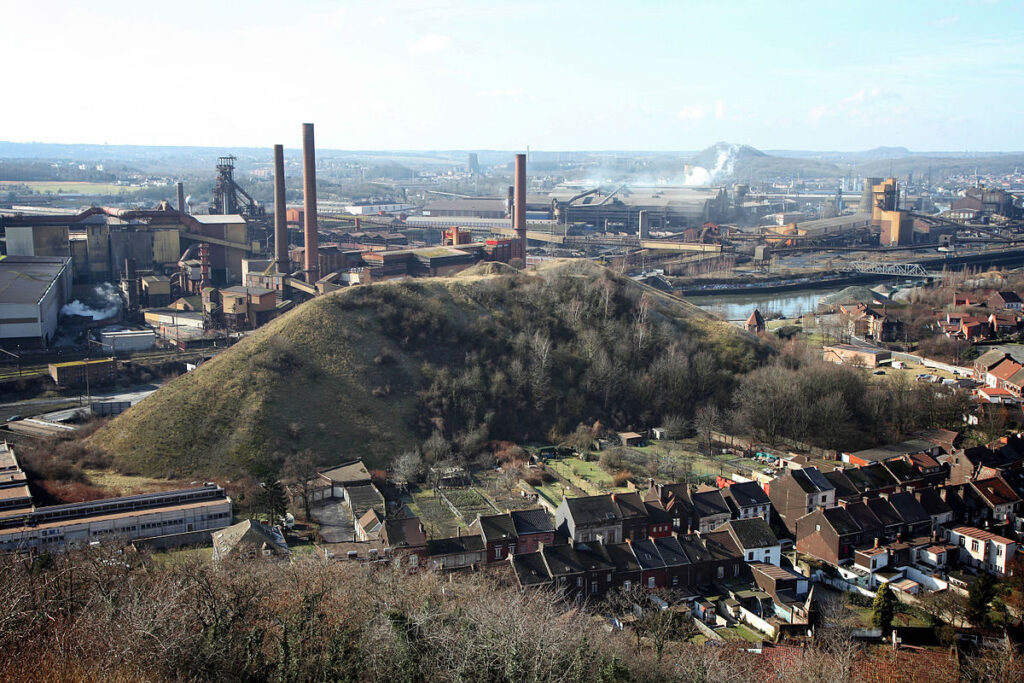La Colombie vit un conflit interne depuis près de 50 ans. Il oppose la guérilla des Forces Armées Révolutionnaires de Colombie (FARC), d’inspiration marxiste, au gouvernement central. Malgré la méfiance durablement installée, un processus de paix est pourtant en cours, et pourrait bientôt voir les protagonistes arriver à un accord. Accueillis par Cuba, les pourparlers donnent déjà des résultats probants, mais le chemin est encore long avant d’arriver à une réconciliation.
Retour sur un des plus vieux conflits de la planète et sur les défis qui se posent déjà pour l’après-conflit…Depuis quelques semaines, La Havane accueille le dialogue de paix entre une guérilla fatiguée mais toujours active, et un gouvernement désireux d’en finir avec un conflit qui mine son image sur la scène internationale. La Norvège et Cuba sont les deux médiateurs principaux, alors que le Vénézuéla et le Chili accompagnent le processus. Ces pays portent ainsi la lourde responsabilité de la réussite de ces discussions, qui réunissent cinq représentants de chaque camp depuis le mois de novembre 2012. Le 19 mars 2013, la septième ronde de négociations s’est clôturée avec déjà un premier succès partiel engrangé. Le chapitre sur l’accès et l’usage de la terre, thème hautement sensible qui, selon les protagonistes est à l’origine du conflit interne, est en passe d’être bouclé et pourrait bien faire l’objet d’un accord lors de la prochaine rencontre. Dans ce pays, la concentration des terres est alarmante. Selon les Nations Unies, il s’agit de l’un des pays les plus inégalitaires en termes de distribution des terres : 52 % des terres agricoles sont aux mains d’à peine 1% de la population [1] L’indice « Gini » de concentration de propriété rurale en Colombie est de 0,85, alors que le taux maximum d’inégalité est fixé à 1.. Ces grands propriétaires terriens ont toujours bloqué toute réforme agraire de grande ampleur grâce à leur mainmise sur le pouvoir. De plus, s’est ajouté à cette situation l’accaparement de 6,6 millions d’hectares de terres ces 20 dernières années par des organisations diverses (narcotrafiquants, paramilitaires, grands propriétaires et autres bandes criminelles). Ce sont des millions de paysans, en ce inclus les 5 millions de déplacés pendant le conflit interne qui attendent que justice soit faite.




